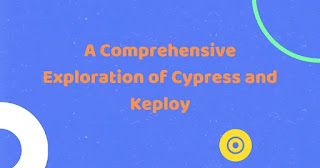JSON Escape and Unescape

Introduction JavaScript Object Notation (JSON) is a lightweight data-interchange format that's easy for humans to read and write and easy for machines to parse and generate. JSON is widely used in web applications to transmit data between a server and a client. In the process of data exchange, JSON strings often contain escape sequences to ensure that special characters are correctly interpreted. Unescaping JSON involves converting these escape sequences back to their original characters. This article delves into the concept of JSON unescaping , its importance, and how to handle it in various programming languages. What is JSON Unescaping? JSON escape sequences are used to represent special characters within strings. Common escape sequences include \" for double quotes, \\ for backslashes, and \n for new lines. When JSON data is serialized, these characters are escaped to ensure the integrity of the data structure. Unescaping JSON refers to the process of converting th...








